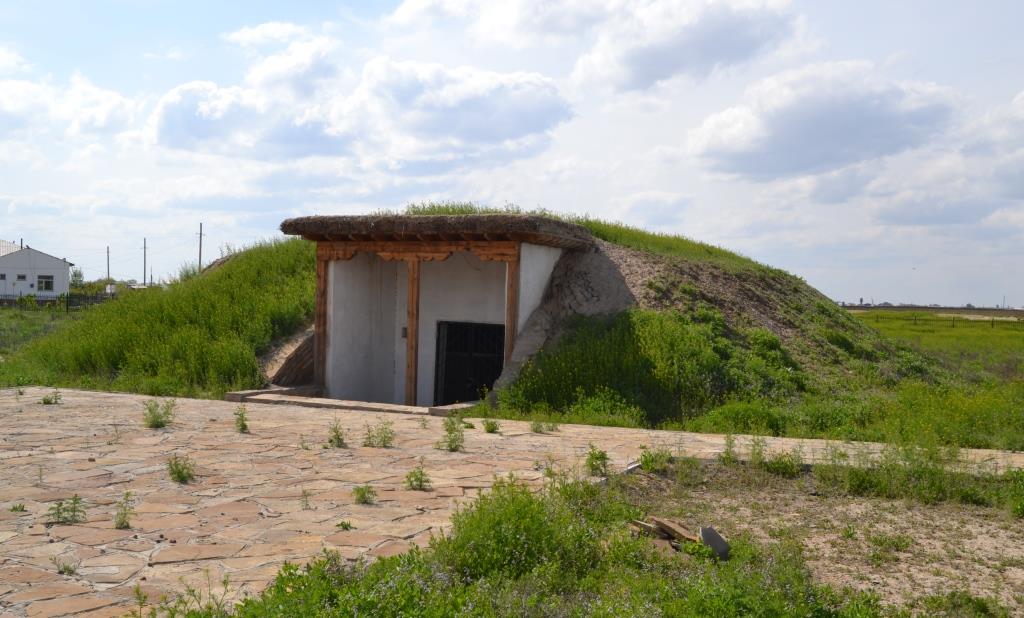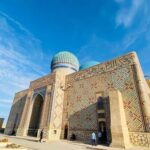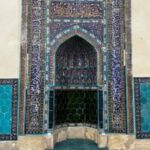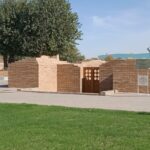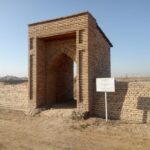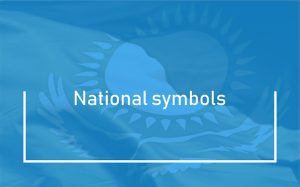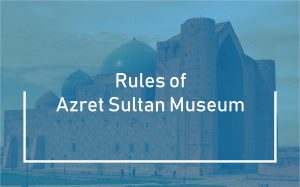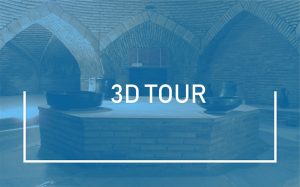Monument of Republican significance. An architectural construction made of burnt ceramics is characteristic of the southern regions of Central Asia and Kazakhstan. Coordinates: 43˚17.421΄, 068˚16.523΄. Altitude 228 m. Religious and spiritual monuments are the treasures of the history of our country in which hidden the mysteries of centuries.
The construction of an underground mosque in the southern regions of Kazakhstan was begun in the X-XII centuries. One of them is the underground mosque Auliye Kumshik ata, belonging to the XII-XIX centuries, and belonging to the state historical and cultural reserve-museum «Azret Sultan».
According to myths and stories among the people, Auliye Kumshik ata highly appreciated Yasawi as his teacher. Yasawi, like Kumshik ata, strictly adhered to an ascetic lifestyle, and spent the rest of his life in the underground mosque worshiping Allah.
The Kumshyk-Ata Underground Mosque is located 1 km southeast of the Khoja Ahmed Yasawi Mausoleum. Height 3.4 meters, length 15.7 meters, width of the dome room 3.5 meters. At the base of this ritual structure is a rectangular hole. The recess serves as the entrance door to the underground mosque, and connects to a narrow zigzag corridor. The corridor leads to a room of a circular shape and it is the main room of the underground mosque. A room with this basic circle shape ends with the square last room. The ceiling of the circular-shaped room is domed, and the square room is covered in the shape of a tent. On the walls of the rooms are made small cavities for candles. Like the main rooms, the corridor is curved, and made of burnt bricks. In the middle of the corridor there is a well-shaped hole intended for lighting.
In 1972-73, together with the Institute of History, Archeology and Ethnography of the Kazakh SSR and the Ministry of Culture of the Kazakh SSR, was carried out archaeological research. In 1985, were made repairs. In 2013 it was restored, the inside was mothballed, and the upper part was closed. In 1994, it was taken into consideration by the state in the collection «Chronicle of historical and cultural monuments of Kazakhstan» in the South Kazakhstan region under the number 590.12.

